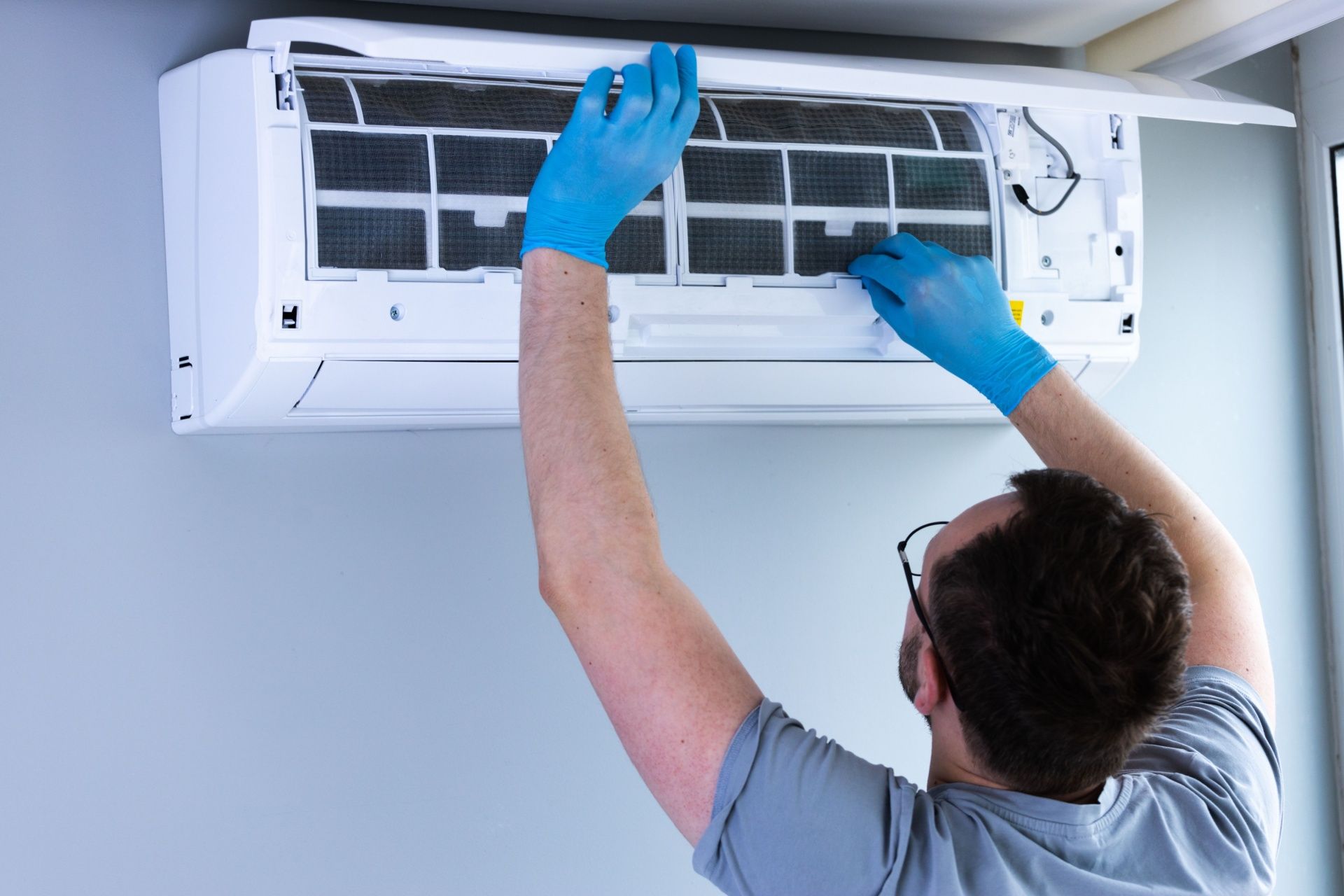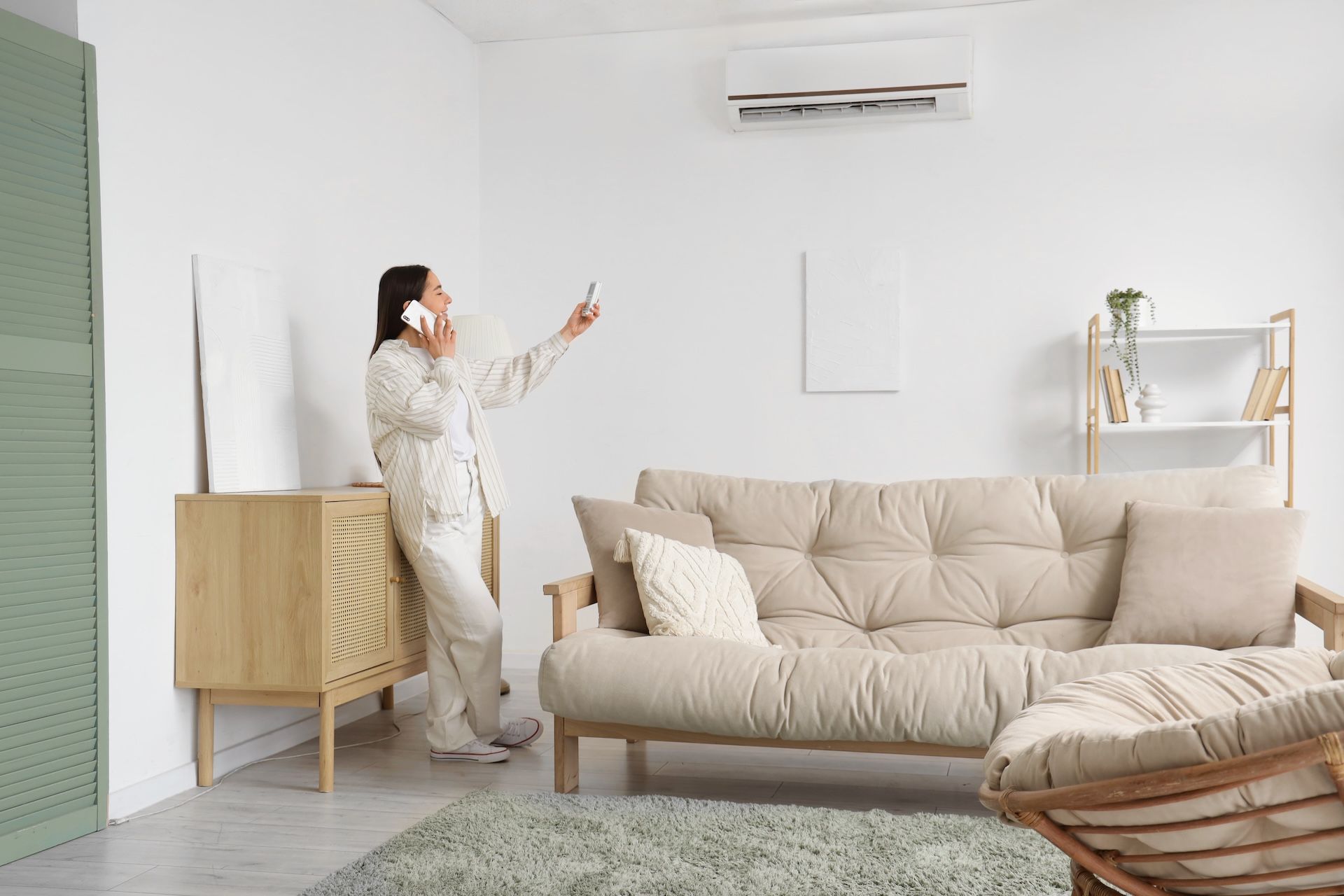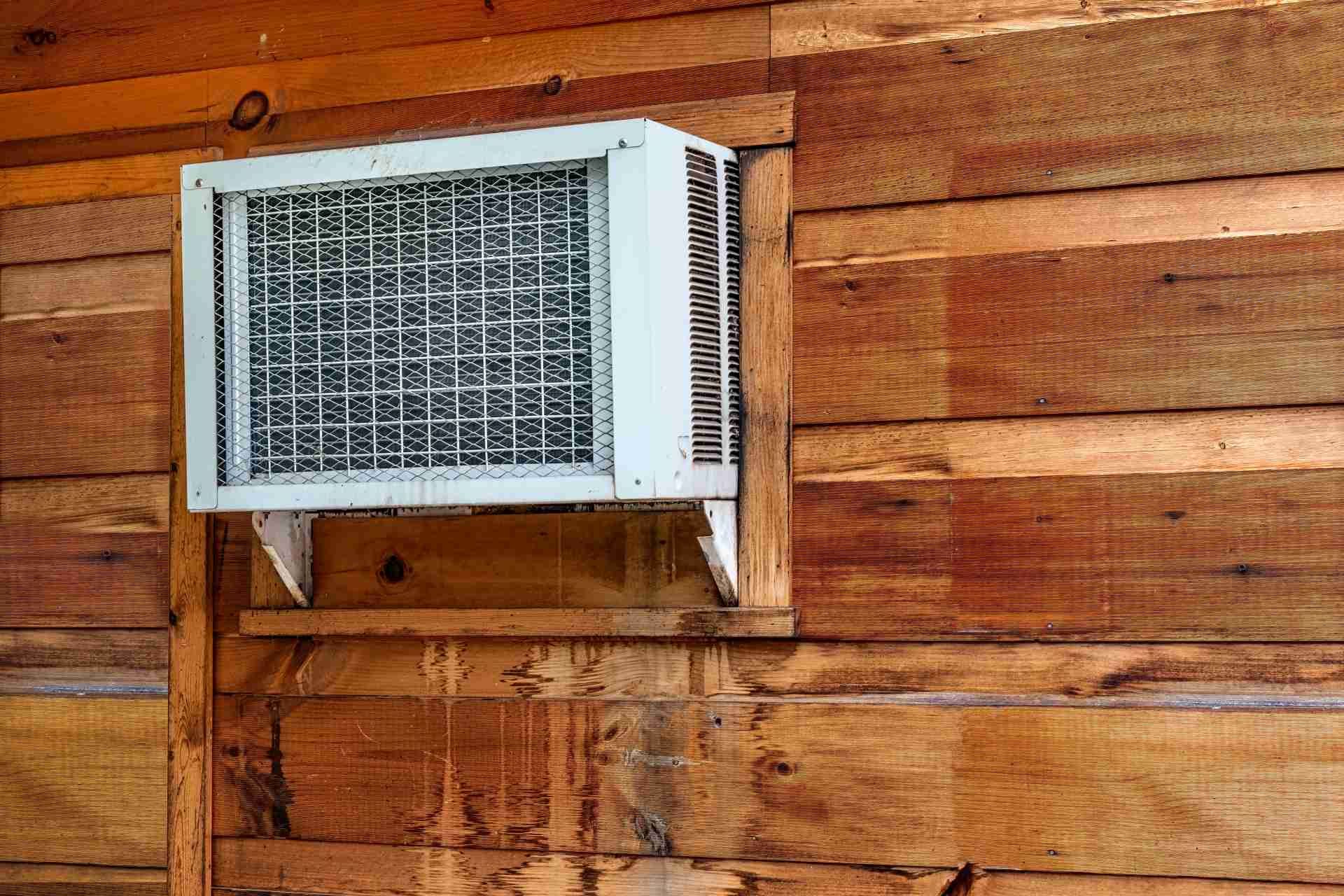How to Reset an Air Conditioning Unit: A Simple Guide for Homeowners

If your AC is not turning on or is acting strangely, one of the first things you can try is to reset your air conditioning unit. Resetting your AC can solve minor technical issues, help maintain its efficiency, and save you the cost of a service call. In this guide, we will explain step-by-step how to reset an air conditioner, why it might need a reset, and how it ties into regular air conditioning maintenance.
Why Resetting Your AC is Important
Sometimes, air conditioners stop working correctly due to minor electrical issues, power surges, or control system glitches. Resetting your unit can:
- Restore normal operation
- Clear minor errors
- Prevent further damage
- Improve energy efficiency
Resetting is a safe and effective first step before calling a professional, especially if your AC is not turning on.
When Should You Reset Your Air Conditioner?
You might need to reset your AC if:
- The unit is not turning on.
- It is blowing warm air instead of cold.
- The system is cycling on and off frequently.
- There is a tripped circuit breaker.
- Error codes appear on the thermostat or AC display.
Regular air conditioning maintenance can help prevent these problems from occurring in the first place.
Step-by-Step Guide to Resetting Your AC
Follow these steps carefully to reset your air conditioner safely:
1. Turn Off the Thermostat
Start by setting your thermostat to the "OFF" position. This ensures that the unit does not try to operate while you are working on it. Wait for about five minutes to let the system fully power down.
2. Shut Off the Power
Locate your AC’s power switch. Most units have a disconnect box near the outdoor unit. Turn off the breaker that controls your AC to completely cut power. This step is crucial for safety.
3. Wait for a Few Minutes
After turning off the power, wait for at least 5-10 minutes. This waiting period allows the internal circuits to reset completely.
4. Turn the Power Back On
Flip the breaker back on or switch the disconnect back to the "ON" position. Make sure the thermostat is still set to "OFF" while you do this.
5. Turn on the Thermostat
After restoring power, turn your thermostat back on. Set it to "COOL" mode and select your desired temperature. Your AC should now start functioning normally.
6. Monitor Your AC
Observe your system for the next 15-30 minutes to ensure it is cooling properly and that there are no unusual sounds or error codes. If the unit still fails to operate correctly, it may be time to call a professional HVAC technician.
Tips for Preventing AC Problems
Resetting your AC is sometimes necessary, but regular air conditioning maintenance can minimize these issues. Consider the following tips:
- Clean or Replace Filters: Dirty filters restrict airflow, causing the system to overheat or fail.
- Check the Thermostat: Make sure the thermostat is calibrated and working correctly.
- Inspect the Condenser: Keep the outdoor condenser unit free from leaves, dirt, and debris.
- Schedule Professional Maintenance: Regular HVAC checkups can identify and fix problems early.
- Monitor Electrical Components: Look for tripped breakers or loose connections.
Safety Precautions
While resetting an air conditioner is generally safe, follow these precautions:
- Never attempt to reset the unit if there is visible damage to wires or components.
- Always turn off the power at the breaker before working near electrical components.
- Avoid using water near the electrical parts of the AC.
- If you are unsure or uncomfortable, call a licensed HVAC technician.
Common Issues That a Reset Can Fix
Resetting your AC can solve several common problems, including:
- AC Not Turning On: Often caused by a tripped breaker or temporary power glitch.
- Unresponsive Thermostat: Resetting can recalibrate the system.
- Short Cycling: The AC turns on and off too frequently due to minor electrical errors.
- Error Codes: Temporary glitches in the control board can be cleared by a reset.
However, more serious problems like refrigerant leaks, compressor failures, or faulty capacitors will require professional service.
How a Reset Fits into Air Conditioning Maintenance
Resetting is part of a larger strategy for keeping your AC in good condition. By combining routine maintenance and periodic resets when necessary, you can:
- Extend the life of your unit
- Reduce energy costs
- Maintain consistent indoor temperatures
- Prevent emergency breakdowns
A simple reset, along with proper maintenance, ensures your home stays cool during hot summer months.
Conclusion
Knowing how to reset an air conditioner is a useful skill for any homeowner. A simple reset can fix minor glitches, improve performance, and save you from unnecessary service calls. Always follow safety precautions and combine resets with regular air conditioning maintenance to keep your system running smoothly.
For expert air conditioning maintenance and reliable service, contact Old School Cooling today!
FAQs About Resetting an Air Conditioner
How often should I reset my AC?
Resetting is usually only necessary when the unit is not turning on or is malfunctioning. Regular maintenance reduces the need for frequent resets.
Will resetting my AC affect its settings?
No, a reset typically restores the system to normal operation without changing your thermostat settings.
Can I reset my AC myself?
Yes, as long as you follow safety steps like turning off the power. For major issues, contact a professional.
My AC is still not working after a reset. What should I do?
If resetting does not work, there may be a deeper mechanical or electrical issue. Schedule a professional inspection.
Does resetting my AC improve energy efficiency?
Resetting can help temporarily by resolving glitches, but proper air conditioning maintenance is key for long-term efficiency.
Disclaimer: The information on this website and blog is for general informational purposes only and is not professional advice. We make no guarantees of accuracy or completeness. We disclaim all liability for errors, omissions, or reliance on this content. Always consult a qualified professional for specific guidance.






